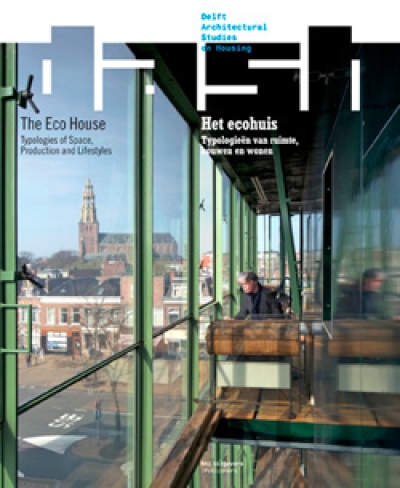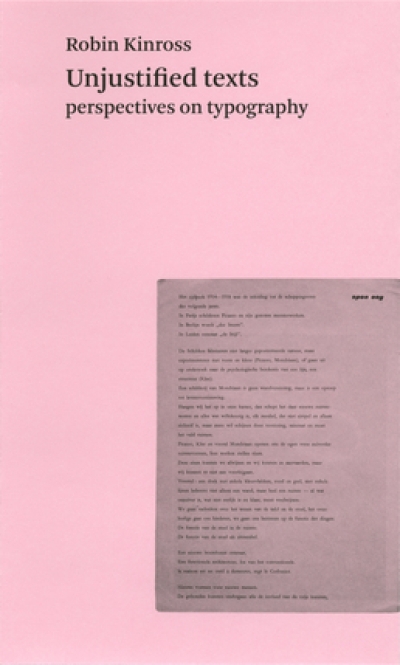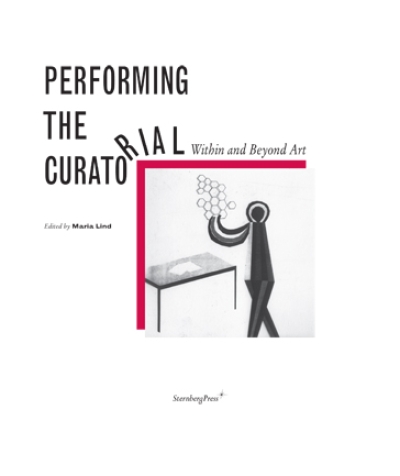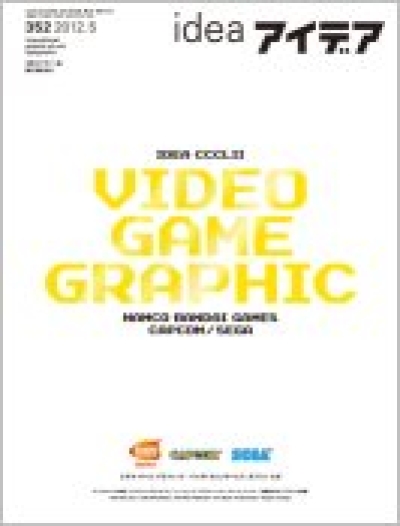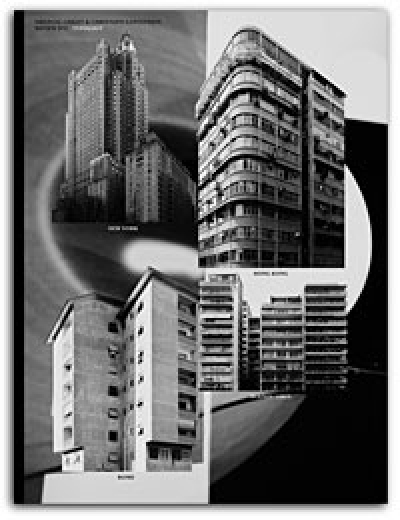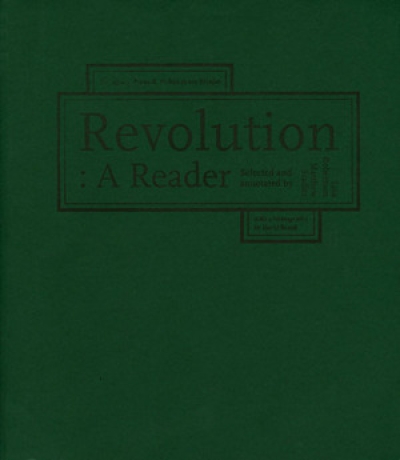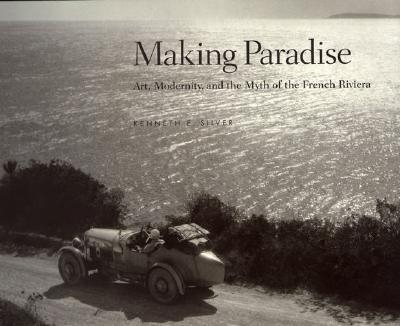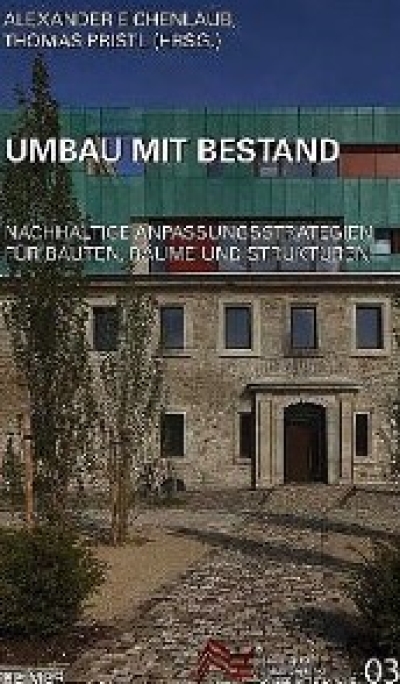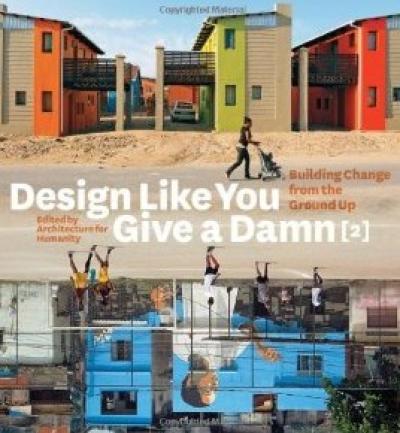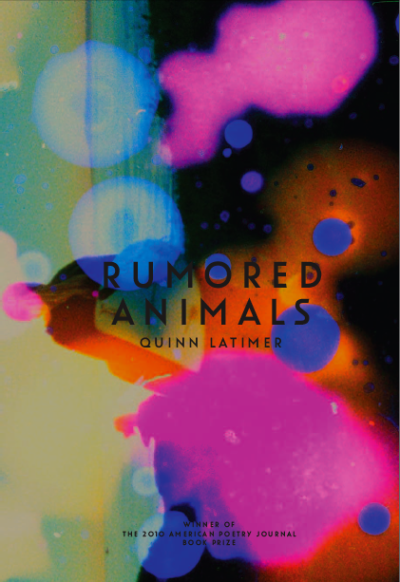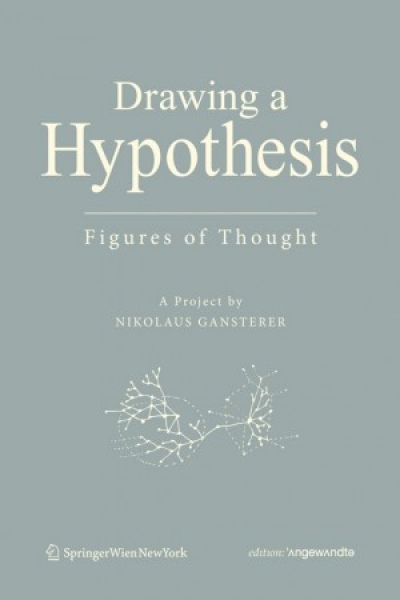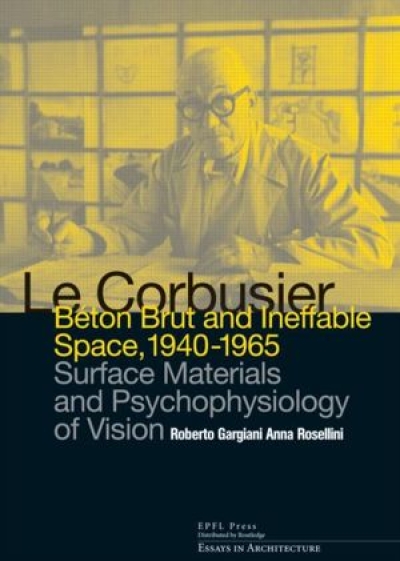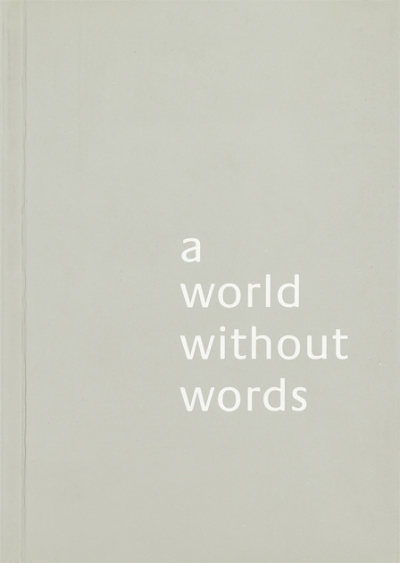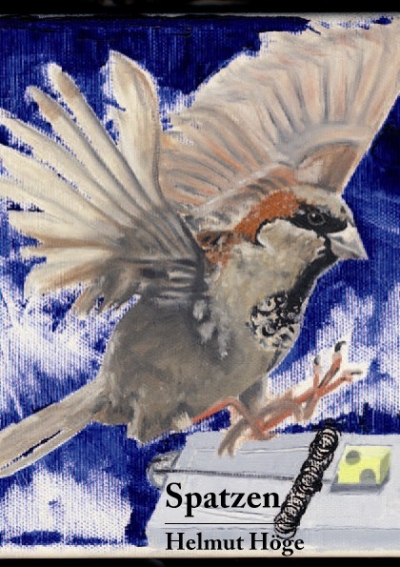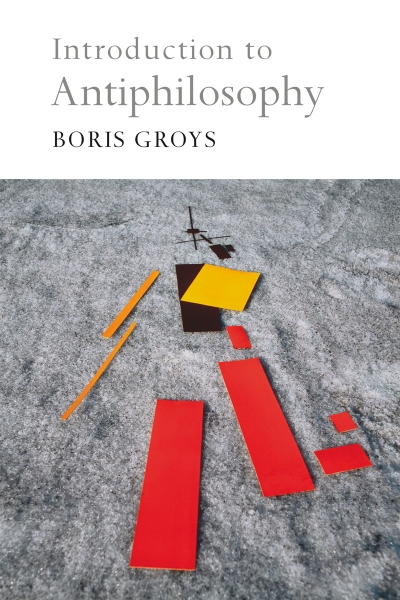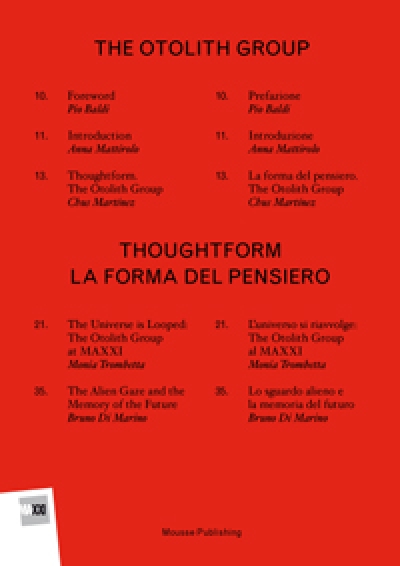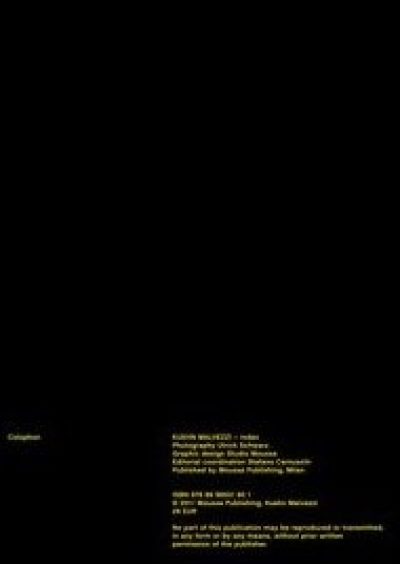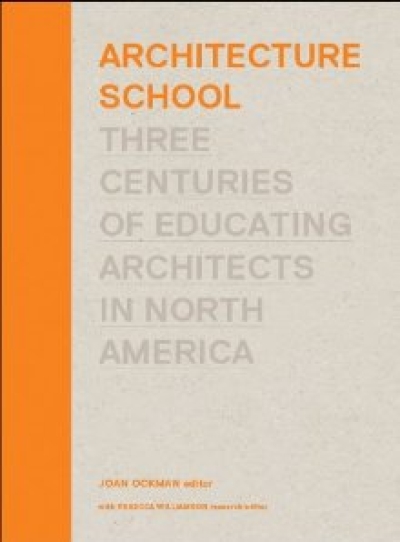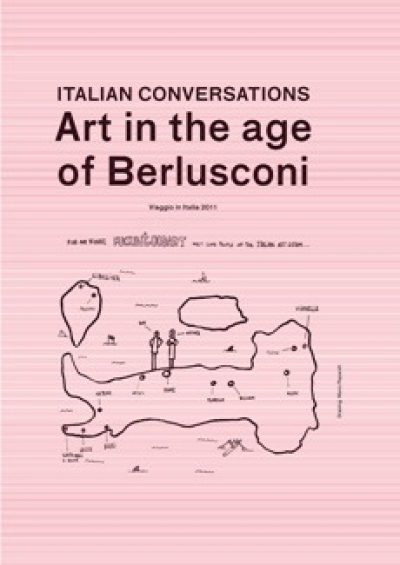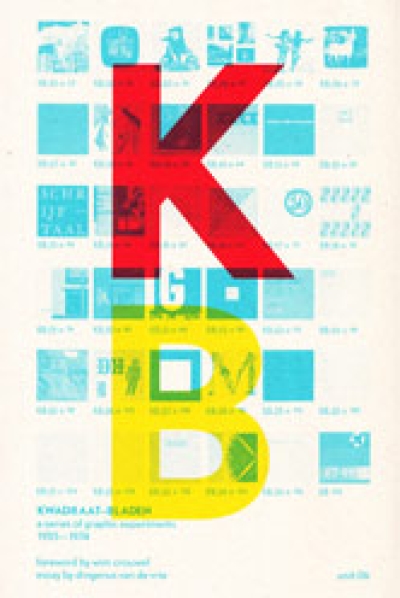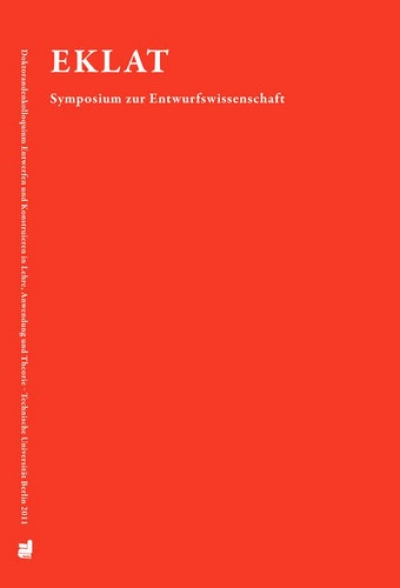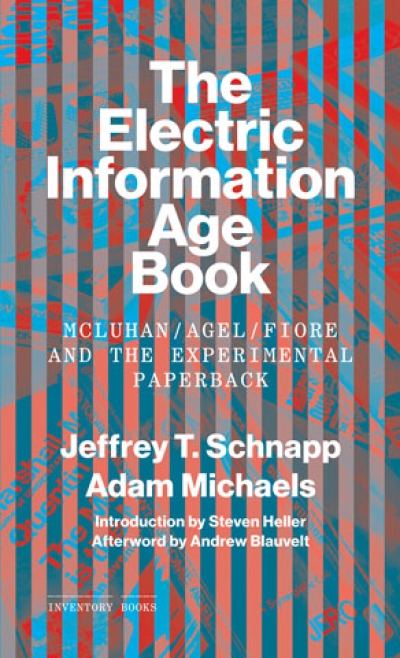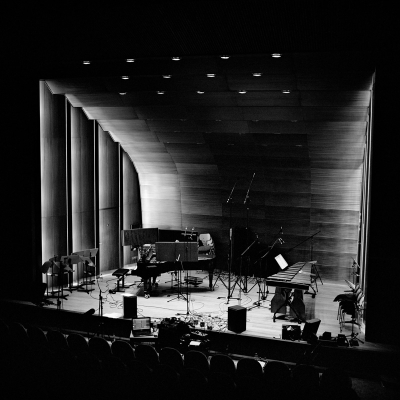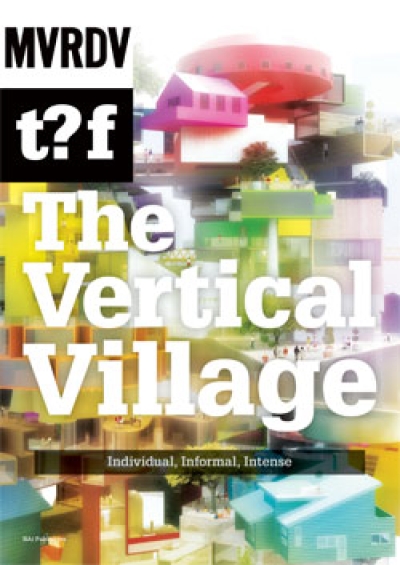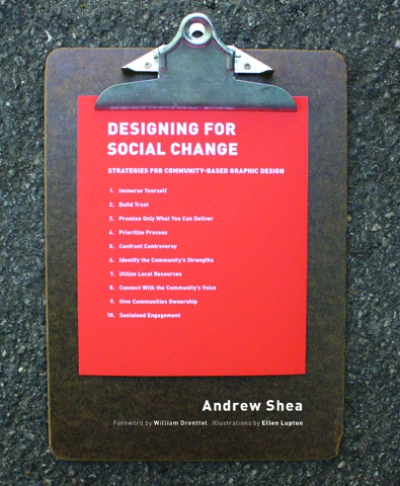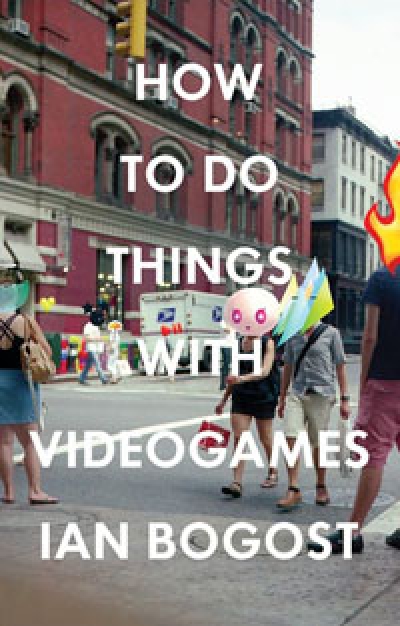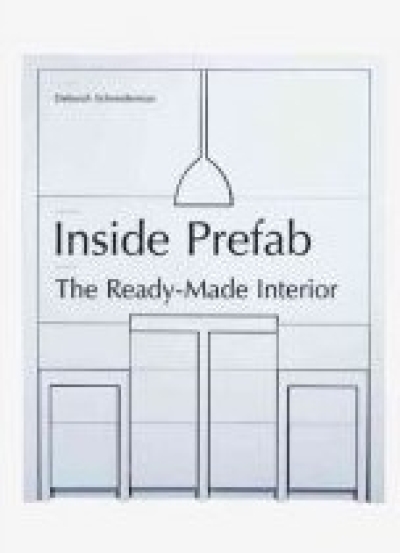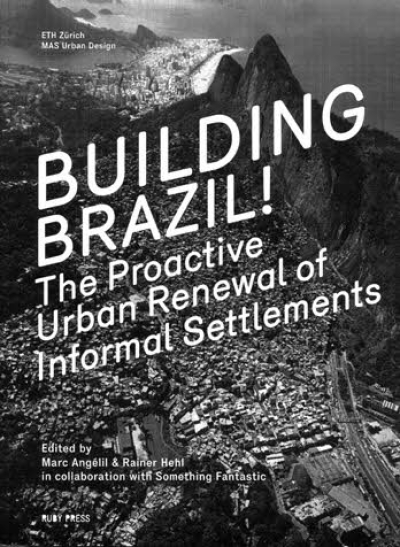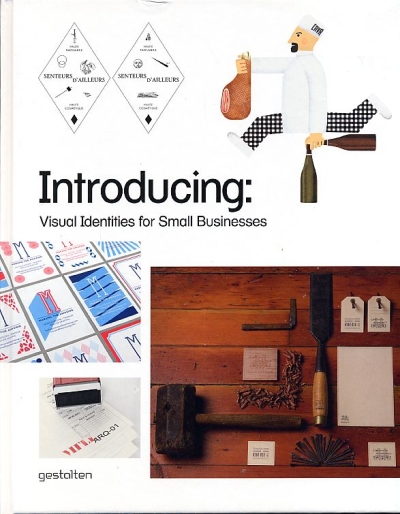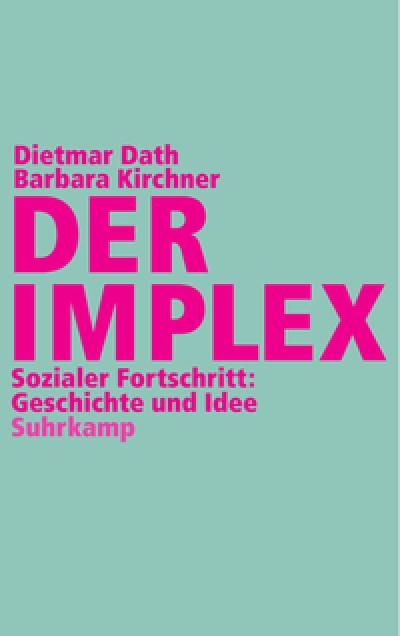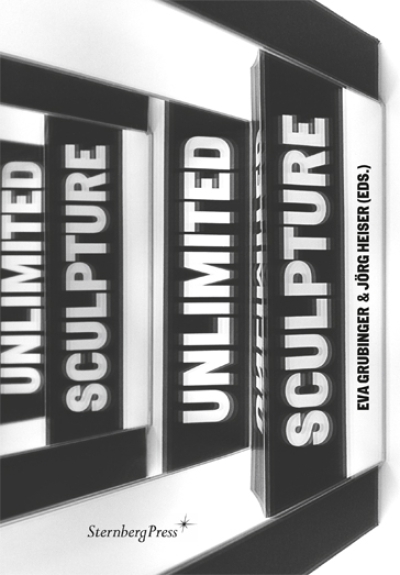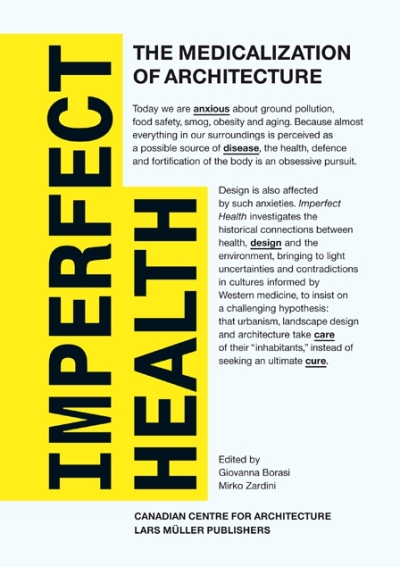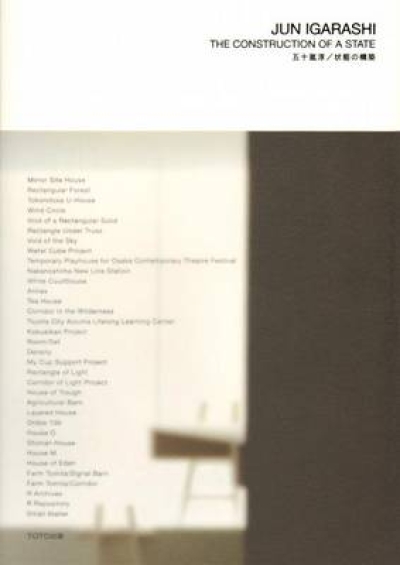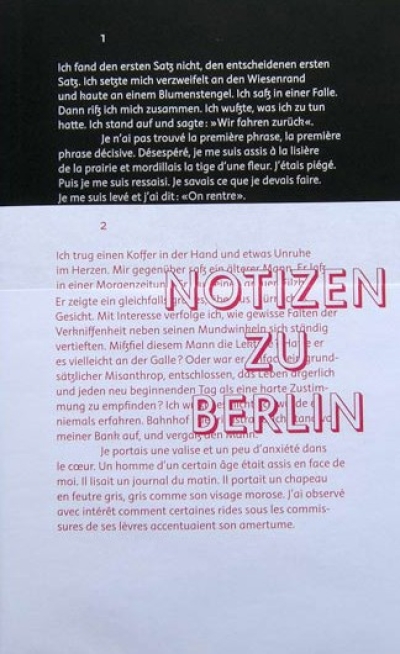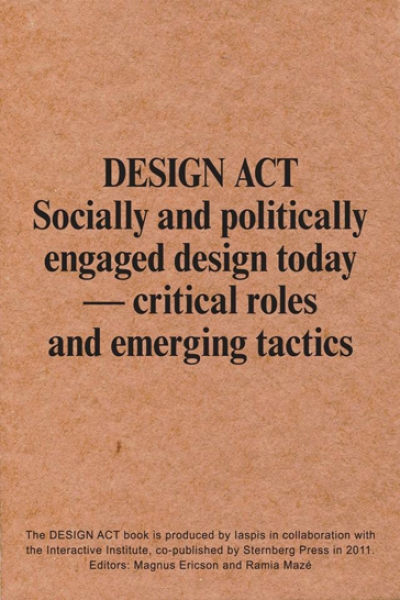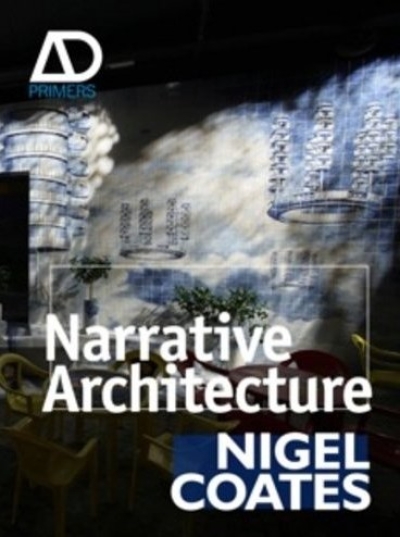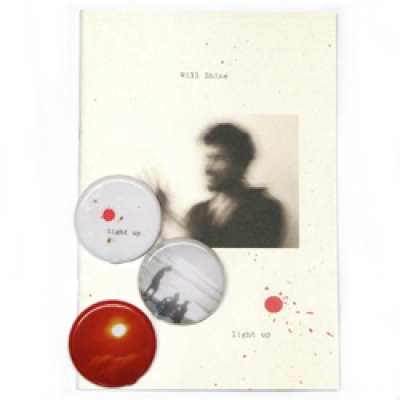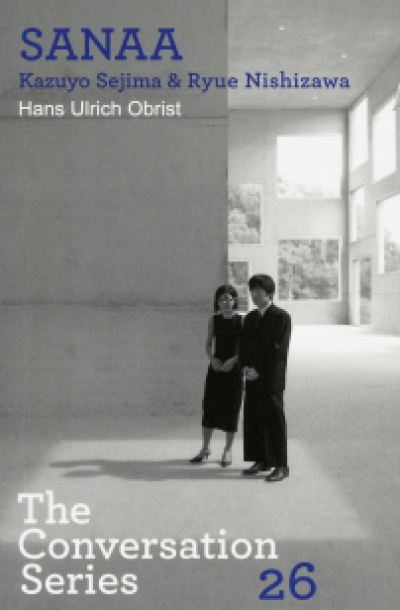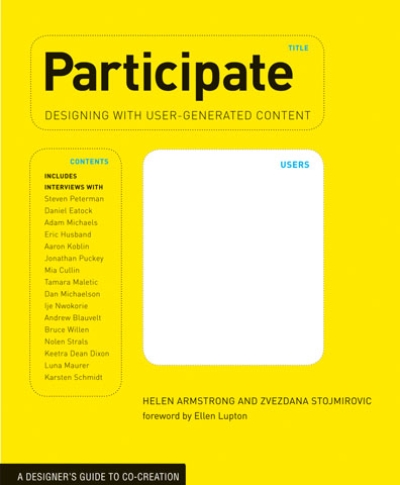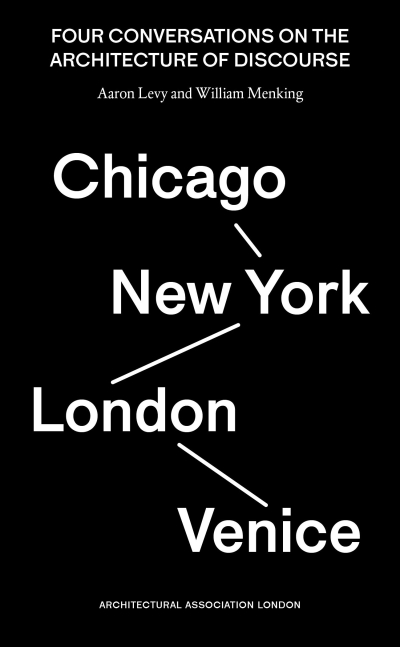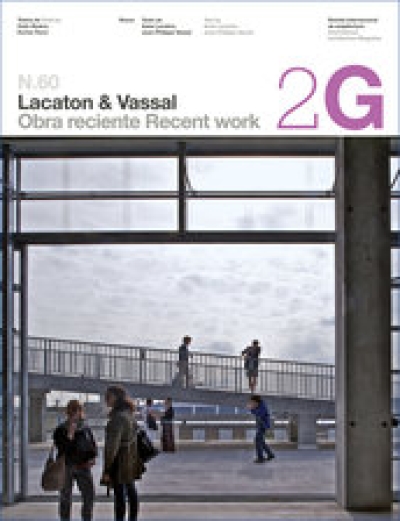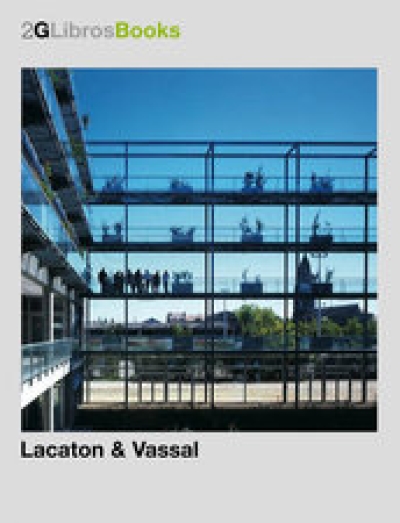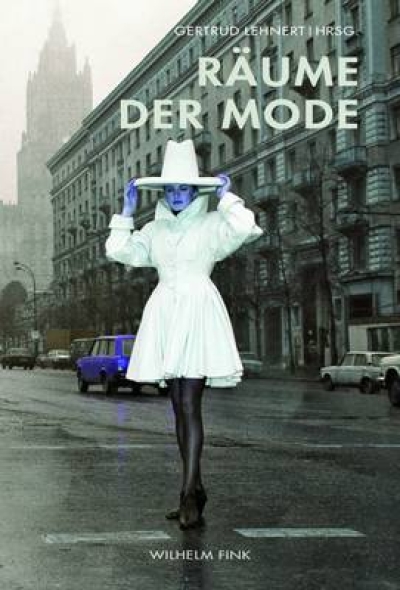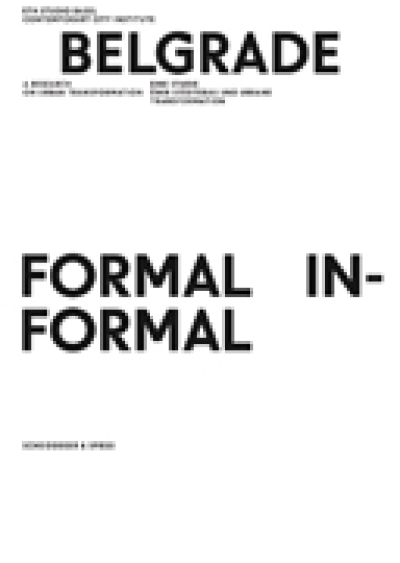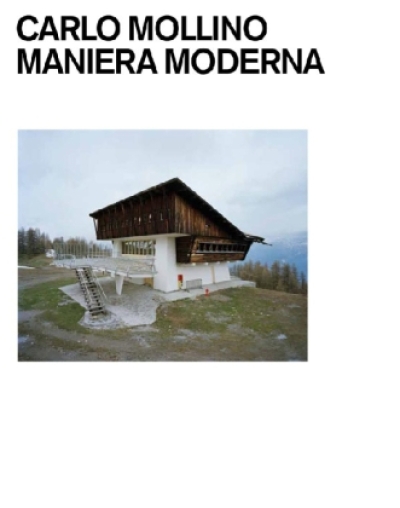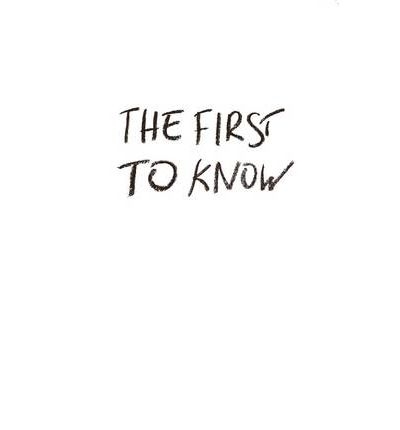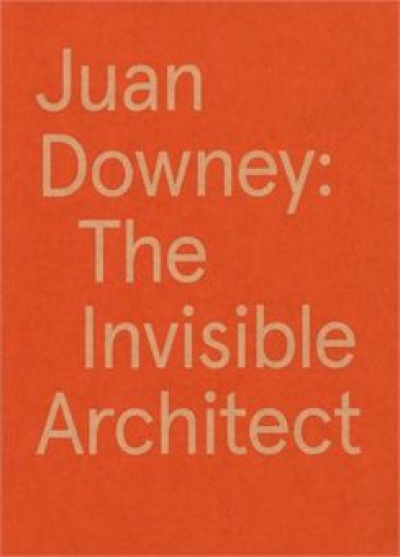
The Architecture of Closed Worlds, or, What is the Power of Shit?
Was haben Weltraumkapseln, U-Boote und Bürogebäude gemeinsam? Sie alle sind als geschlossenes System konzipiert: als selbst erhaltende physikalische Umwelt, die von ihrer Umgebung durch eine Grenze getrennt ist, die weder Transfer von Material noch Energie erlaubt. Als raumzeitliche Teilrekonstruktionen der Welt erkennen und sichern geschlossene Systeme den für den Lebenserhalt notwendigen Materialkreislauf. Gegenwärtige Diskussionen über globale Erwärmung, Recycling
und Nachhaltigkeit gehen in ihren konzeptuellen Annahmen direkt auf die Beobachtung und Analyse geschlossener Systeme zurück. Vom Raumfahrtprogramm bis zu Architekturströmungen, die mit autonomem Leben experimentieren, dokumentiert «The Architecture of Closed Worlds» eine disziplinäre Transformation und das Entstehen eines neuen Verständnisses von Umwelt als synthetischem Naturalismus. Die Publikation präsentiert 39 Prototypen von 1929 bis in die Gegenwart, die allesamt ausgeführt wurden und eine noch unentdeckte Genealogie geschlossener regenerativer Systeme bilden. Diese Prototypen werden mit historischen Aufnahmen bebildert und in Form von Feedback-Diagrammen analysiert, und beleuchten derart unsere zeitgenössische Nachhaltigkeitskultur.
What do outer space capsules, submarines and office buildings have in common? Each was conceived as a closed system―a self-sustaining physical environment demarcated from its surroundings by a boundary prohibiting the transfer of matter or energy. As partial reconstructions of the world in time and space, closed systems identify and implement the basic materials necessary for the sustenance of life.
From the space program to countercultural architectural groups experimenting with autonomous living, The Architecture of Closed Worlds documents a disciplinary transformation and the rise of a new environmental consciousness. It presents an archive of 39 prototypes from 1928 to the present, creating a genealogy of closed-resource structures. These include the FNRS Balloon (1931), Aqualung (1943), House of the Future (1956), Disney's EPCOT (1966), Bios 3 (1972), Rocky Mountain Institute (1982) and the EDEN Project (2000). Prototypes are presented in archival images with new analysis and illustrations. The book also showcases a timeline of the 39 prototypes that illuminates the ways in which they have contributed to the idea of "net-zero" or "zero-energy" in the contemporary discourse on sustainability.


